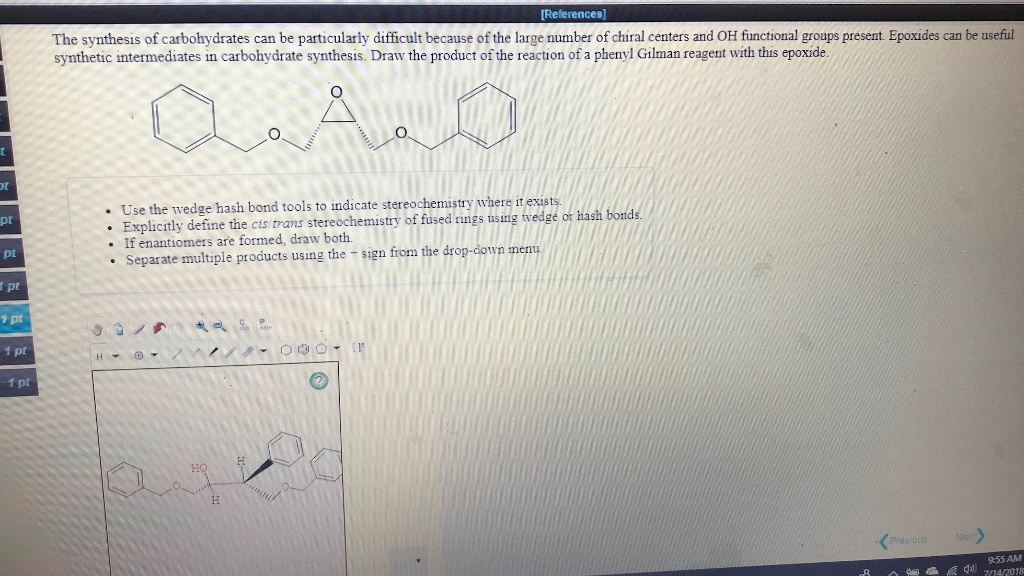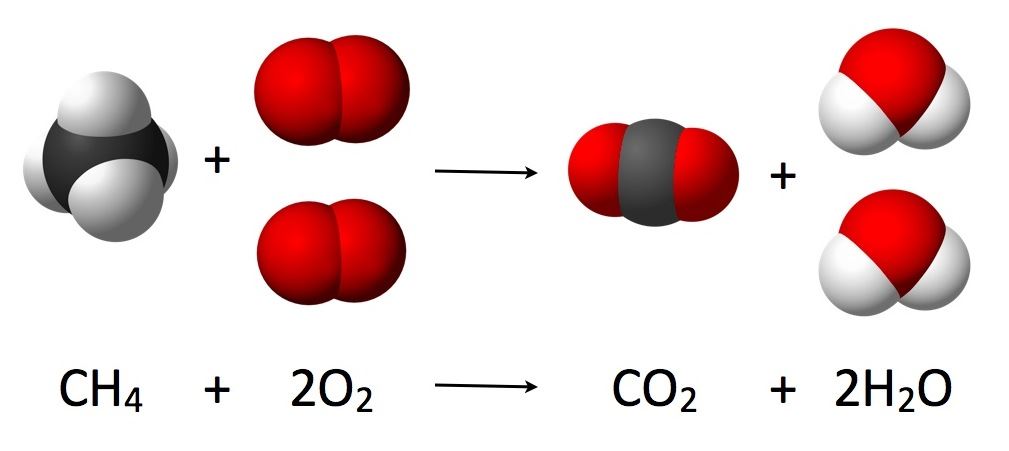

Instead of just restating the important points from text, synthesizing involves combining ideas and allowing an evolving understanding of text. Synthesizing takes the process of summarizing one step further. The lesson could be adapted for use with other texts as well. In this lesson, students practice summarizing by extracting the Five Ws (who, what, when, where, why) and the H (how) from feature stories in local newspapers. This lesson plan, for grades 3-6 from ReadWriteThink, teaches students to summarize information by graphically organizing information in response to questions, then reorganizing their answers into paragraph form. Guided Comprehension: Summarizing Using the QuIP Strategy The student area (which requires a key to access) has interactive activities for each of the featured comprehension strategies.

This section of the Into the Book web site provides definitions of summarizing for teachers and students, learning objectives with videos, lessons, and a wealth of additional resources. This article provides an overview of summarizing as a reading comprehension strategy, and how it can be taught and assessed in an elementary classroom. The following resources can be helpful for teaching students to summarize: Teachers need to devote time to explicit instruction and modeling on both determining importance and summarizing to help students become proficient with both strategies. Other student-produced summaries are too vague and do not include enough detail. Many times, as students learn to summarize, their first attempts are a collection of details, rather than the main ideas of the passage. Why is summarizing difficult for students? For starters, it requires students to apply the skill of determining importance in text and then express the important ideas in their own words. What does summarizing mean? Into the Book, a reading strategies web site for teachers and students, explains that when readers summarize, they “identify key elements and condense important information into their own words during and after reading to solidify meaning.” The site offers a simpler definition for students: “Tell what’s important.”


 0 kommentar(er)
0 kommentar(er)
